Begonia rex-cultorum
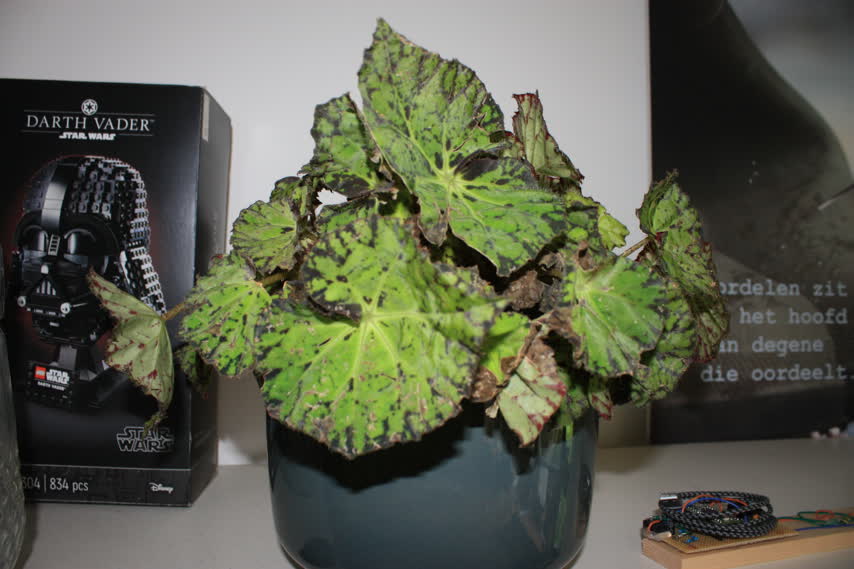
The name "Rex" means "king" in Latin, referencing the plant's striking, ornamental foliage which stands out among begonias — essentially making it the "king" of the group. "Begonia" honors Michel Bégon, a French patron of botany.
Native to northeastern India, Rex Begonias thrive in tropical and subtropical forests. They prefer high humidity (50–70%) and warm temperatures between 15–24°C (60–75°F). These plants flourish in bright, indirect light and need well-draining soil to avoid root rot.
Maranta leuconeura
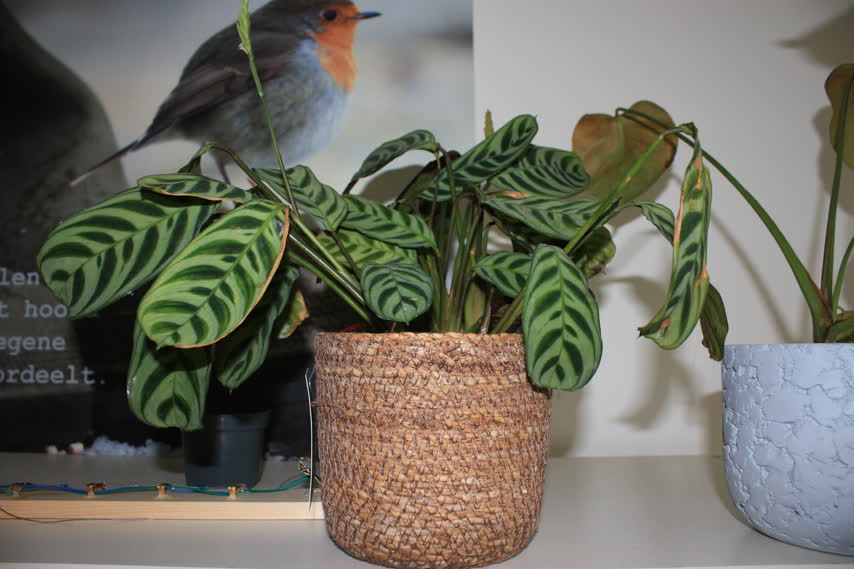
Named "Prayer Plant" because its leaves fold upward at night, resembling hands in prayer. This nyctinastic movement is a natural response to light, helping reduce moisture loss. The genus name Maranta honors Bartolomeo Maranta, an Italian physician and botanist.
Native to Brazil, the Prayer Plant thrives in warm, humid tropical forests. It prefers high humidity (60–80%) and temperatures between 18–24°C (65–75°F). Best kept in indirect light with consistently moist, well-drained soil.
Monstera deliciosa
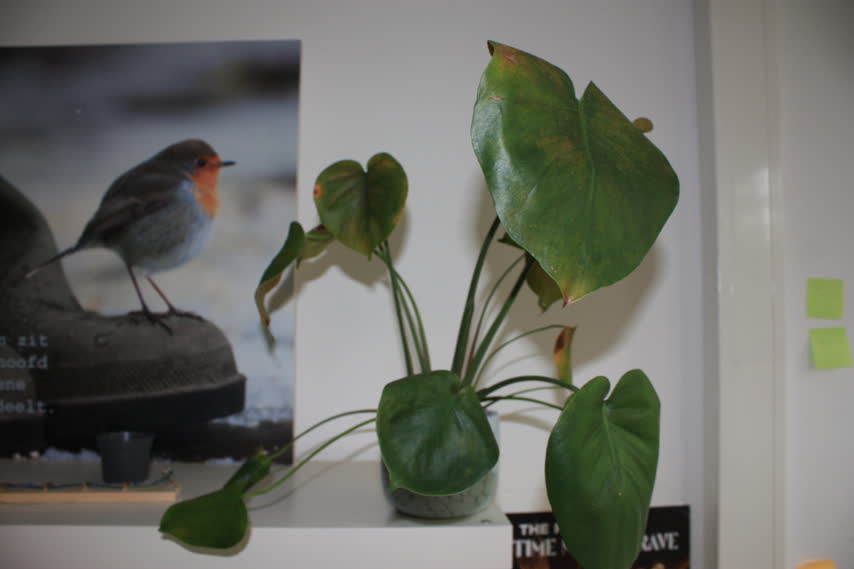
"Monstera" comes from Latin, meaning "monstrous" or "abnormal," referring to its large, dramatic leaves. "Deliciosa" refers to the edible fruit it can produce in its natural environment. The nickname "Swiss Cheese Plant" comes from the fenestrations (natural holes) that develop in mature leaves, resembling Swiss cheese.
Native to the rainforests of southern Mexico and Central America, Monstera deliciosa thrives in high humidity (60–80%) and warm temperatures between 18–29°C (65–85°F). It prefers bright, indirect light and grows best in well-draining, moist soil, climbing trees in its natural habitat.
Schefflera arboricola

Called the "Umbrella Plant" because its leaflets fan out from a central stem, resembling the ribs of an umbrella. The species name arboricola means "tree-dwelling" in Latin, referencing its natural habitat.
Native to Taiwan and Hainan (China), Schefflera arboricola thrives in tropical and subtropical forests. Prefers bright, indirect light, moderate to high humidity (60–80%), and a temperature range of 16–27°C (60–80°F). Sensitive to cold drafts and overwatering. Keep soil lightly moist and ensure proper drainage.
Cussonia Spicata
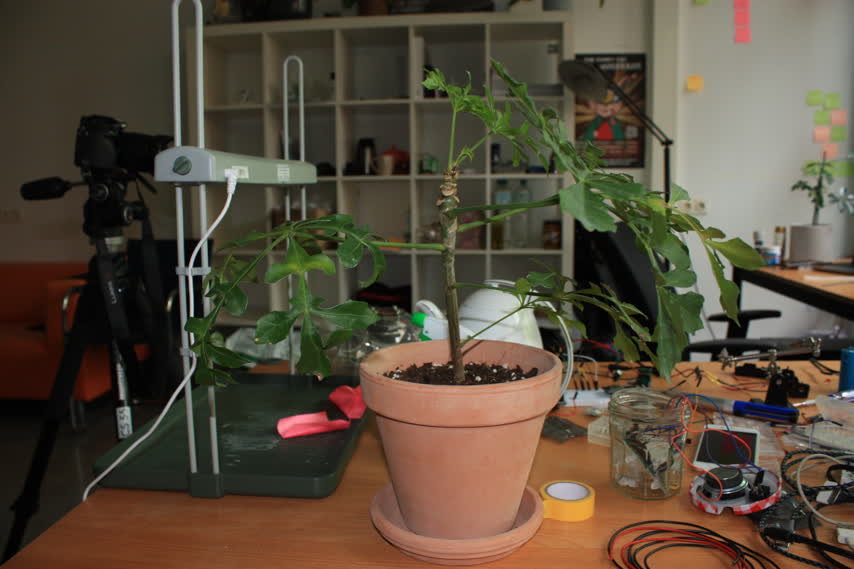
The genus Cussonia was named in honor of French botanist Pierre Cusson, recognized for his botanical work in the 18th century. The species name spicata refers to the spike-like arrangement of its flower clusters. The common name "Cabbage Tree" stems from the rosette-like foliage, which resembles the leafy head of a cabbage.
Native to southern and eastern Africa, especially South Africa, Mozambique, and Zimbabwe. This species thrives in savanna and woodland environments, favoring warm temperatures (18–30°C / 64–86°F), moderate to high humidity (50–70%), and well-draining sandy or loamy soil. It tolerates dry periods once established but prefers occasional rainfall and sun to partial shade.
Hypoestes phyllostachya
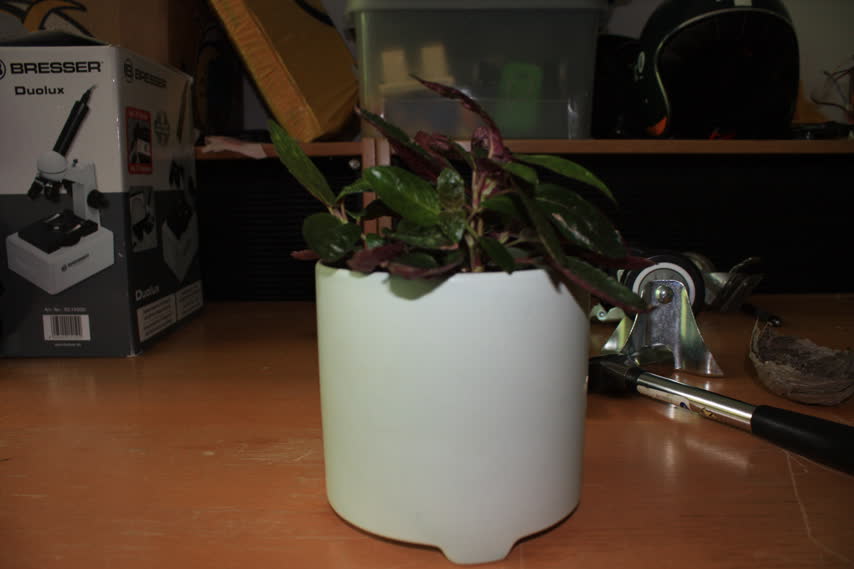
The name Hypoestes comes from Greek roots meaning "under a house", referring to how the flower sits under a leafy bract like a roof. Phyllostachya means "leaf spike," describing the prominent leaf structures. The common name "Polka Dot Plant" is due to its distinct speckled or mottled foliage, often in pink, red, or white spots on green leaves.
Native to Madagascar, it thrives in tropical forest understories. Ideal conditions include warm temperatures (20–28°C / 68–82°F) and high humidity (60–80%), with indirect sunlight or light shade. It prefers moist, well-draining soil and benefits from frequent misting in drier indoor climates.
Chlorophytum comosum
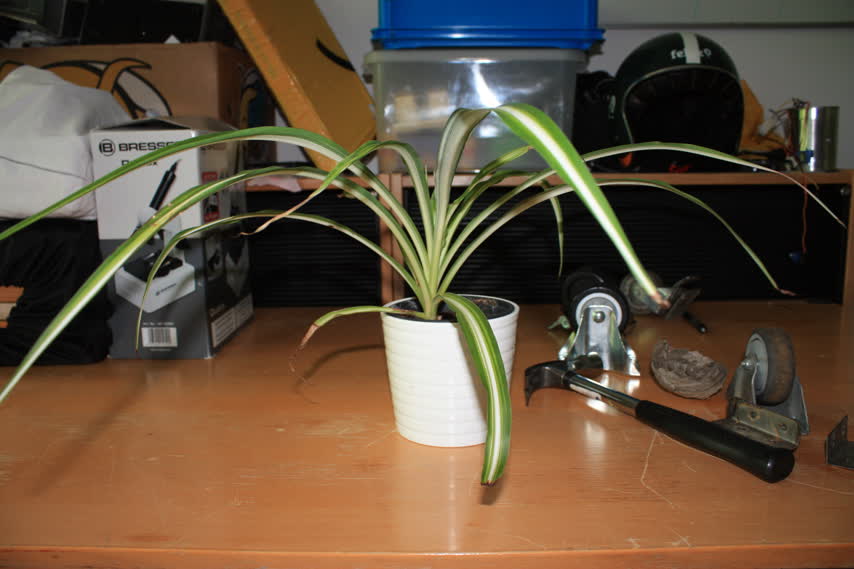
The name Chlorophytum comes from Greek words meaning "green plant", and comosum means "having tufts of leaves", referring to its grassy, arching foliage. The common name "Spider Plant" comes from the baby offshoots, called "spiderettes," that dangle from the mother plant like spiders on a web.
Native to South Africa, the Spider Plant thrives in semi-tropical, light-wooded areas. It prefers moderate temperatures (18–24°C / 65–75°F) and medium humidity (40–60%), doing best in bright, indirect sunlight. It's a hardy plant that adapts well to indoor conditions.